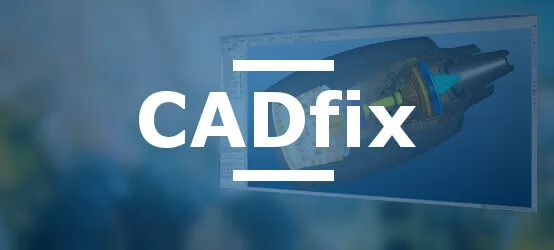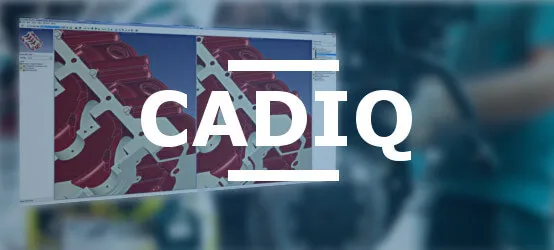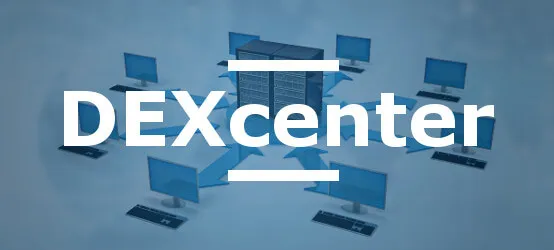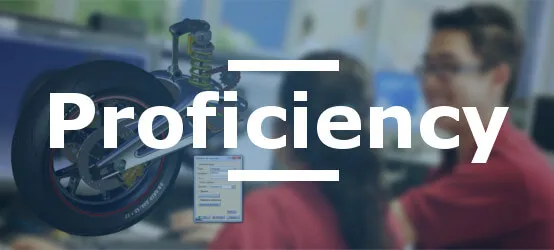"Thursday, 4:58 PM. The project was due to be submitted to the client by 5:00 PM. Marie, an engineer at Safran, was desperately waiting for the FTP upload progress bar. 2.7 GB of critical CAD data. At 5:10 PM, the error message: 'Connection lost.' She had no choice but to call her client to apologize... again."
Does this scene sound familiar? You're not alone. Every day, thousands of engineers waste precious time with data exchange tools that are ill-suited to current CAD data volumes. Between emails limited to a few MB, vulnerable FTP servers, and unsupported homebrew solutions, modern industry is burdened with tools from the past.
A recent study showed that, on average, 30% of designers' time is absorbed by these data management tasks rather than innovation.
What if this daily frustration were no longer inevitable?
Table of contents
- Current challenges in CAD collaboration
- Limitations of traditional transmission methods
- Criteria for an effective CAD collaboration solution
- DEXcenter: optimal solution for CAD collaboration
- Technical advantages of DEXcenter
- Concrete benefits for businesses
- Use cases and implementation
Current challenges in CAD collaboration
Collaboration in computer-aided design is becoming more complex every day. Industrial companies face several major challenges:
- Growing volume of data exchanged daily, sometimes reaching several gigabytes
- Multiplicity of stakeholders including internal teams, subsidiaries, partners, customers, and suppliers
- Diversity of needs in CAD formats and software versions
- Increasingly tight deadlines requiring near-immediate response times
- Security requirements and regulatory compliance such as ITAR standards
These challenges are intensified by the internationalization of projects and the rise of agile methodologies in product development. In this context, the efficiency of technical data exchange becomes a differentiating factor for overall performance.
Limitations of traditional transmission methods
Conventional exchange methods present significant shortcomings in the face of current CAD collaboration requirements.
Email: technical and operational limitations
While email remains the preferred channel for many professional communications, it presents several major drawbacks for CAD data exchange:
- Attachment size limitations (typically 10-25 MB)
- Lack of adequate protection for sensitive data
- Limited traceability of exchanges and versions
- High risks of data loss or corruption
- Complexity in managing multiple iterations
FTP Sites: an obsolete solution
FTP servers, although offering an alternative to email size constraints, present other disadvantages:
- Insufficient security to protect proprietary data
- Complexity of use for non-technical collaborators
- Absence of automatic validation of formats and contents
- Difficulties in maintaining and documenting good exchange practices
- Lack of integration with existing PLM systems
Homegrown tools: significant hidden costs
Developing customized in-house solutions may initially seem attractive, but generates considerable constraints:
| Aspect | Issue |
|---|---|
| Costs | High initial development and ongoing maintenance |
| Resources | Mobilization of specialized IT teams |
| Scalability | Difficult adaptation to new CAD versions |
| Functionality | Generally limited compared to commercial solutions |
| Support | Dependence on internal resources |
Criteria for an effective CAD collaboration solution
Facing these challenges, a modern and effective CAD collaboration solution must meet several essential criteria:
- Advanced security: protection of sensitive data and intellectual property with encryption during transit
- Intuitive user interface: accessible to all levels of expertise, limiting the need for training
- Intelligent automation: conversion, validation, and transmission processes to reduce manual interventions
- Multi-CAD compatibility: support for major CAD systems on the market and standard exchange formats
- Complete traceability: of exchanges to ensure optimal governance
- PLM integration: ability to interface with existing product lifecycle management systems
These criteria constitute the minimum foundation for a solution capable of effectively addressing the contemporary challenges of industrial CAD collaboration.
DEXcenter: optimal solution for CAD collaboration
At the intersection of these requirements, DEXcenter stands as a comprehensive solution meeting the most demanding CAD collaboration needs.
Overview
DEXcenter is a secure and scalable enterprise portal specifically designed to automate and improve CAD data exchange between industrial partners. This centralized solution is based on a robust web architecture, offering:
- A secure web environment accessible via standard browser
- Multi-format support for all major CAD systems
- Automated conversion and validation processes
- A proven OEM-supplier collaborative approach
- Fine-grained access rights management and exchange traceability
Key features
DEXcenter distinguishes itself through a set of features specifically adapted to technical data exchange needs:
| Feature | Description |
|---|---|
| Accessible web interface | Simple navigation via standard browser without client installation |
| Conversion automation | Support for major CAD formats: CATIA, ProENGINEER, NX, SolidWorks, etc. |
| Technical data packages | Automated generation including models, drawings, and metadata |
| Validation and quality control | Integration with CADIQ for automatic verification |
| Data encryption | SSL/SFTP protection during transfer |
| Complete traceability | Detailed history of all exchanges for audit |
Technical advantages of DEXcenter
The technical advantages of DEXcenter go far beyond simple exchange functionality to offer a true interoperability platform.
Secure architecture
Security constitutes a fundamental pillar of DEXcenter's architecture:
- SSL/SFTP encryption for all transmissions
- Robust authentication with LDAP, SSO, and multi-factor support
- Protection against unauthorized access with granular rights system
- Compatibility with enterprise firewalls thanks to a modular architecture
- Support for ITAR regulations for sensitive data
Intelligent automation
DEXcenter's automation engine represents a major advance for CAD exchange processes:
- Conditional logic based on the results of each processing step
- Automatic alternative methods in case of primary conversion failures
- Integration with quality tools like CADIQ for advanced validation
- Model repair capabilities via CADfix to handle problematic geometries
- Adaptability to company-specific workflows
This automation significantly reduces human intervention while ensuring optimal quality of exchanged data, even in the most complex scenarios.
Concrete benefits for businesses
Beyond technical advantages, DEXcenter generates significant operational and economic benefits:
- Cost reduction: Decrease of more than 80% in labor costs related to technical data exchange
- Accelerated timelines: Reduction of up to 90% in time required for data transmission
- Quality improvement: More reliable exchanges thanks to automated validation processes
- Intellectual protection: Complete security of intellectual property during exchanges
- Compliance: Regulatory compliance and complete traceability for audits
- License optimization: More efficient use of expensive CAD licenses
These benefits directly translate into rapid return on investment and significant improvement in engineering team productivity.
Use cases and implementation
DEXcenter's effectiveness is demonstrated by several successful deployments in demanding industrial environments.
Samsung Electronics
The electronics giant implemented DEXcenter to automate and manage the translation and distribution of CAD models between its internal departments and key suppliers:
- Deployment across 7 business units with more than 500 users
- Direct integration with Windchill PLM and SPDM systems
- Integration with the company's intranet portal
- Incorporation of CADIQ quality controls
- Program timeline reduction of up to 90%
Snecma (SAFRAN Group)
The aircraft engine manufacturer implemented DEXcenter to address specific digital mock-up synchronization needs:
- Automated DMU (Digital Mock-Up) synchronization
- Definition of specific quality rules for exchanges
- Complete automation including quality controls
- Processing up to 100 files daily
- Extended functionality for simplification and long-term archiving
The implemented process allows systematic qualification of source models, followed by translation using the preferred method, then validation of results with recourse to alternative methods if necessary.
Common use scenarios
DEXcenter adapts to different CAD collaboration contexts:
| Scenario | Application |
|---|---|
| OEM-supplier collaboration | Secure exchange of technical data between principal and subcontractors |
| CAD data migration | Mass conversion during CAD system changes |
| Validation and reuse | Quality control and preparation for reuse of existing models |
| Long-term archiving | Secure preservation and facilitated retrieval |
| PLM integration | Extension of existing PLM system capabilities |
Conclusion
Faced with the obvious limitations of traditional CAD data exchange methods, DEXcenter stands as a comprehensive solution meeting contemporary requirements of industrial environments. By combining advanced security, intelligent automation, and complete traceability, this platform radically transforms technical collaboration processes.
The measurable benefits in terms of cost reduction, timeline acceleration, and exchange quality improvement make it a strategic investment for any company facing CAD interoperability challenges. Successful implementation cases at major industrial players demonstrate its ability to adapt to the most demanding environments.
At a time when digital transformation is accelerating across all industrial sectors, having a robust, secure, and automated technical data exchange infrastructure becomes a decisive competitive advantage. DEXcenter precisely addresses this need by allowing engineering teams to focus on their core business rather than on the complex management of data exchanges.





